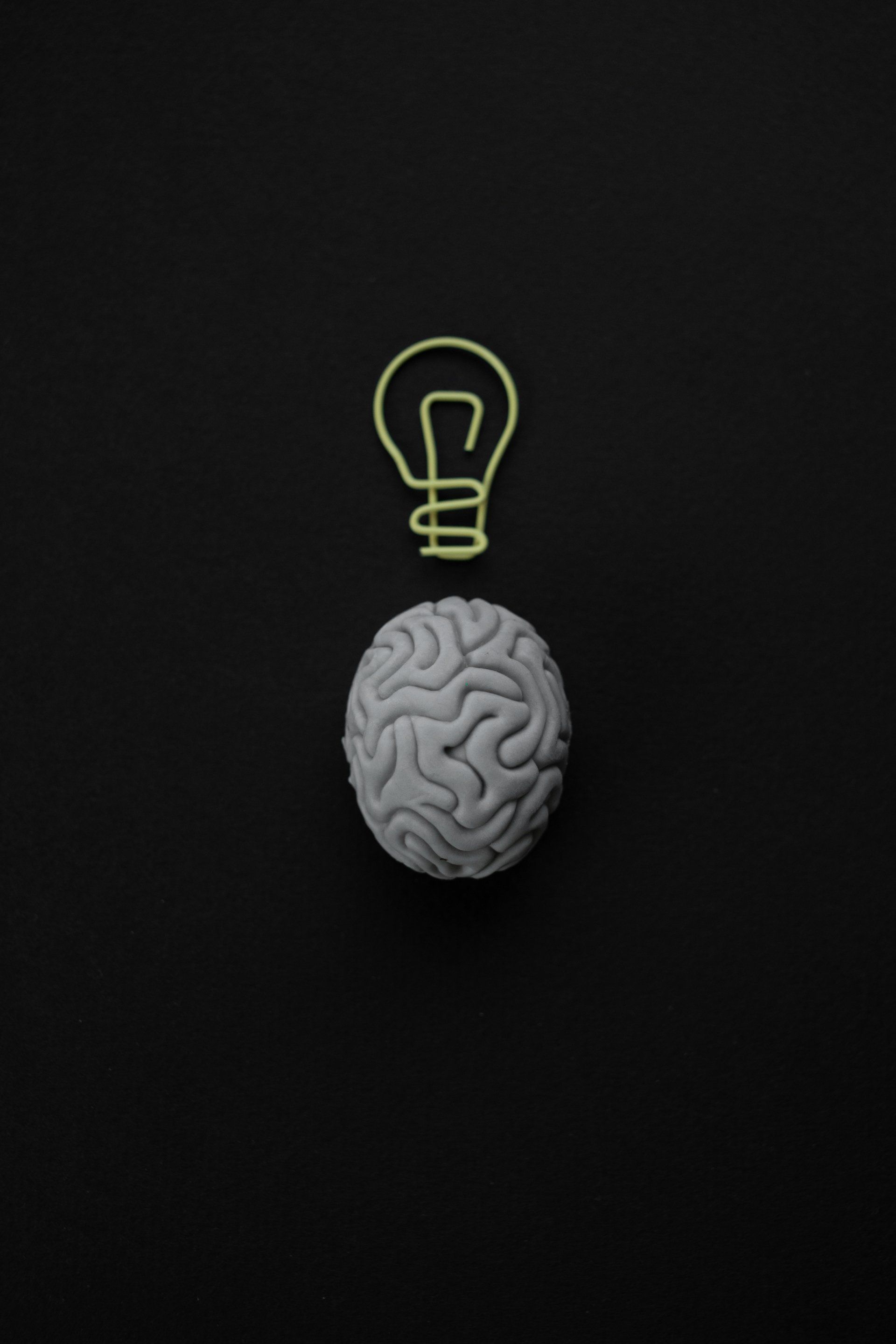What is Cerebrovascular Disease?
Cerebrovascular Disease vs. Stroke

Cerebrovascular disease is a term used to refer to any "disease" affecting the brain's blood vessels. It includes all conditions in which any part of the brain is deprived of blood (and oxygen) either temporarily or permanently. The blood vessels may be malformed, weakened, narrowed, or blocked.
These conditions frequently lead to brain damage and stroke symptoms. The brain damage and symptoms may be temporary or permanent.
Cerebrovascular disease is the most common life-threatening neurological event in the U.S.
Although a stroke is what most people think of when they hear "cerebrovascular disease," a stroke is often the result of cerebrovascular disease; meaning stroke is a symptom of cerebrovascular disease. When any disease process leads to the complete blockage of a blood vessel in the brain, a stroke (also called a cerebrovascular accident or CVA) occurs.
Cerebrovascular diseases can be either ischemic (a narrowing or blockage blocks blood flow) or hemorrhagic (bleeding into the brain).
Ischemic diseases include:
- Atherosclerosis is plaque formation on the blood vessel wall that narrows the opening and reduces blood flow, this can also be one cause of cerebral stenosis.
- Cerebral Stenosis is a narrowing of a blood vessel leading to less blood flow.
- Some Vascular Malformations can result in narrowed blood vessels.
Hemorrhagic diseases include:
- Aneurysms are weakened areas of the blood vessel wall that begin to balloon out or bulge and can eventually burst and blood leaks out into the brain.
- Some Vascular Malformations can result in bleeding into the brain.
Any cerebrovascular disease can result in a stroke or symptoms resembling a stroke.
Symptoms of Cerebrovascular Disease or a Stroke
Symptoms of a cerebrovascular disease or stroke may include:
- Stiff neck
- Sensation loss
- Sensitivity to light
- Sudden Confusion
- Sudden weakness
- Sudden Numbness
- Nausea and vomiting
- Blurry or double vision
- Sudden Trouble Seeing
- Sudden Trouble Walking
- Sudden Severe Headache
- Facial droop or uneven smile
- Difficulty speaking or slurred speech
- Difficulty understanding someone else
Any of these symptoms, mainly if occurring abruptly or without any other apparent cause, may indicate a stroke or other life-threatening condition and is a Medical Emergency.
Call 9-1-1 immediately if you or someone around you is experiencing any of these symptoms.
Remember: FAST is the key to a possible stroke:
- Face droops, or their smile is uneven
- Arm numbness or weakness that occurs suddenly
- Speech problems, such as sudden difficulty speaking or understanding what they are hearing
- Time to call 9-1-1!
Do not try to bring the person to the hospital, and DO NOT attempt to drive yourself to the hospital if you have any of these symptoms.
Strokes and other brain conditions can get worse very quickly; call 9-1-1, and emergency medical personnel will be able to care for you and monitor your situation on the way to the hospital.
Future blog posts will cover stroke and specific cerebrovascular diseases in more detail.
In the meantime, if you need a medical writer, contact me!
Thank you for reading my blog!
Sources:
American Association of Neurological Surgeons. (n.d.). Cerebrovascular Disease. https://www.aans.org/Patients/Neurosurgical-Conditions-and-Treatments/Cerebrovascular-Disease
Khaku, A. S. (2021). Cerebrovascular Disease. https://www.ncbi.nlm.nih.gov/books/NBK430927/
Khaku, A. S. (2021). Cerebral Vascular Disease (Nursing). https://www.ncbi.nlm.nih.gov/books/NBK568674/











